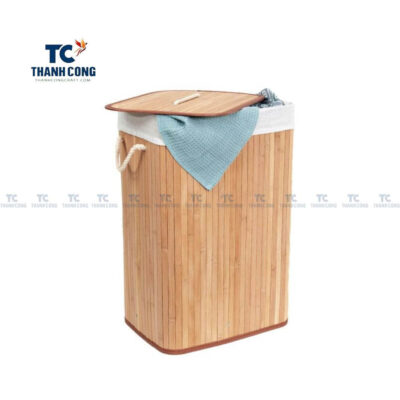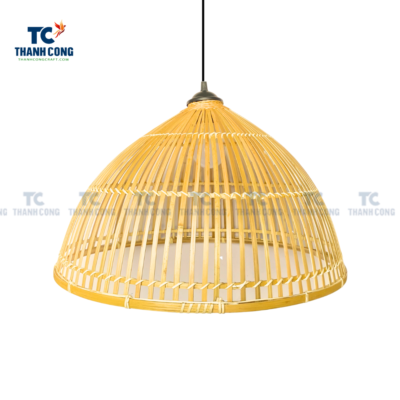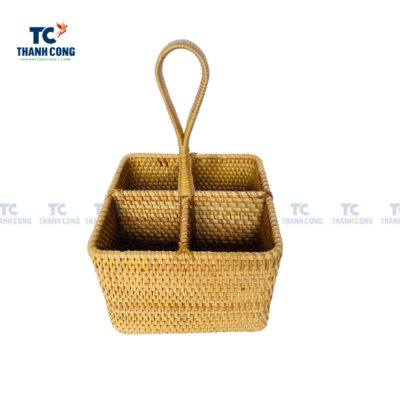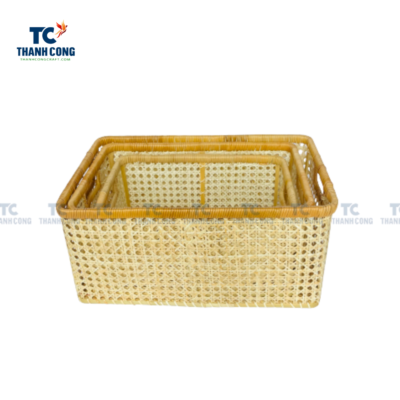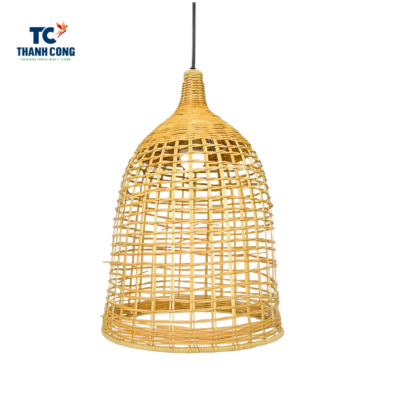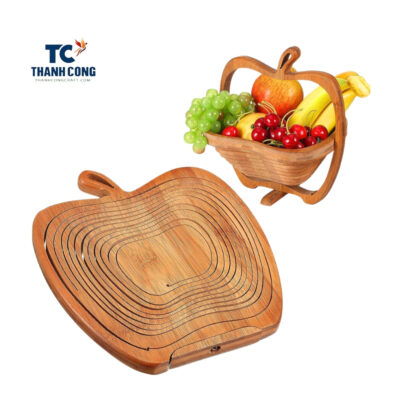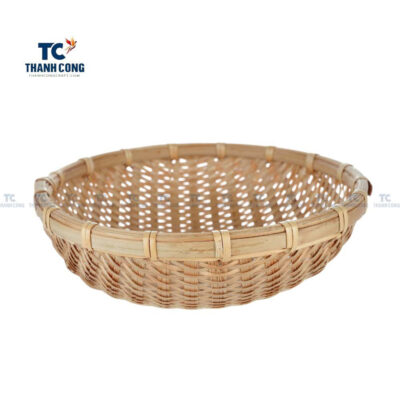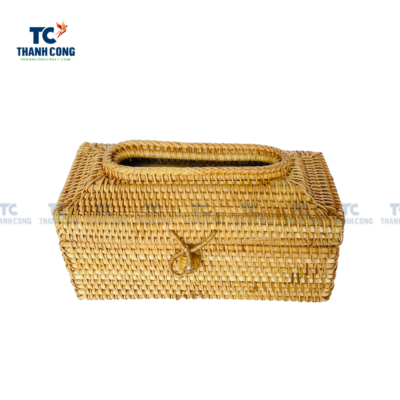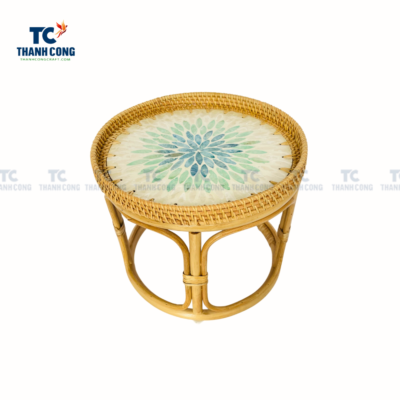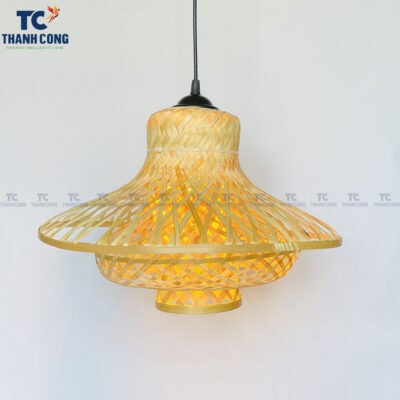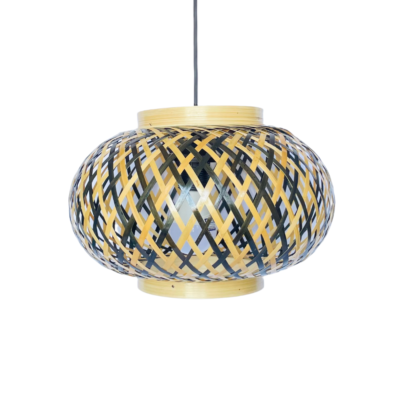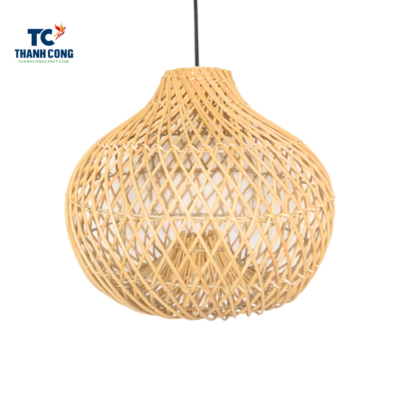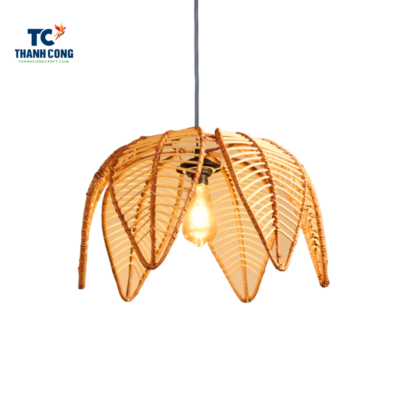Rattan and Bamboo are prevalent natural resources employed in crafting household furniture, garden pieces, wicker creations, cane designs, and patio sets. Despite their significant material distinctions, a common mix-up exists where people frequently interchange the terms rattan and bamboo.
Rattan and bamboo are entirely different species. They originate from separate plant families and have distinct characteristics. Let’s find out the differences between the Rattan vs Bamboo Furniture.
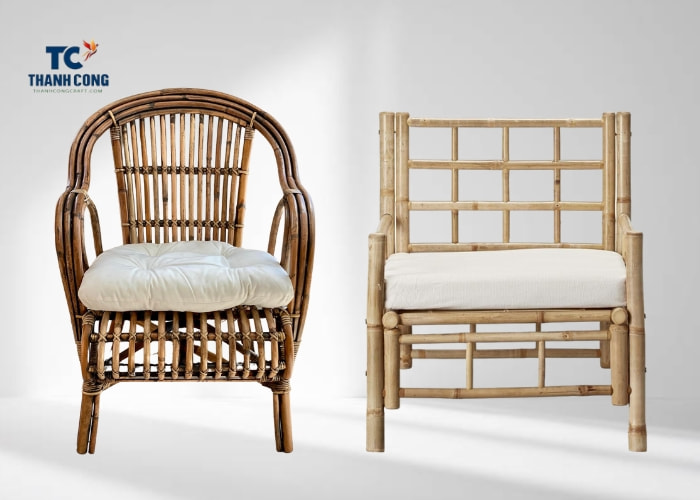
Contents
The Differences between the Rattan and Bamboo Furniture
Rattan and bamboo are both natural materials that are commonly used in furniture making. While they might share some similarities, they also have distinct characteristics that set them apart. Here are the key differences between rattan and bamboo furniture:
- When comparing the rattan vs bamboo furniture, it’s evident that rattan possesses inherent flexibility, making it perfect for intricate weaving, whereas bamboo, although sturdy, offers less suppleness. While rattan excels in crafting linear components and structures, bamboo finds its use in providing robust support.
- Bamboo is hollow inside whilie rattan is solid woody climbing plant. Bamboo belongs to the evergreen grass family Poaceae (Gramineae), grows straight up while rattan is a climbing plant.
- Rattan displays natural flexibility, allowing easily bending and intricate weaving for designs. In contrast, bamboo, though sturdy, possesses less flexibility compared to rattan. It finds utility in furniture legs, supports, and frames, although intricate weaving could necessitate supplementary processing and treatment.
- Rattan showcases a sleek surface endowed with a uniform texture. It is frequently preserved in its innate state or adorned with paint and stain for varied finishes. On the other hand, bamboo furniture frequently upholds a textured semblance, characterized by discernible nodes and an exclusive grain motif. While staining and finishing are options, the innate texture of bamboo is frequently embraced and admired.
- Rattan furniture is generally lighter, making it more convenient to move around as needed. On the other hand, bamboo furniture tends to be heavier due to the solid nature of bamboo stems, which can influence the ease of mobility and rearrangement.
If you’re wondering between rattan and bamboo furniture, the choice depends on the intended purpose of use, as their durability is quite similar. The distinction lies in the design of each product. However, in reality, rattan and bamboo are often combined to create beautiful and sophisticated pieces of furniture.
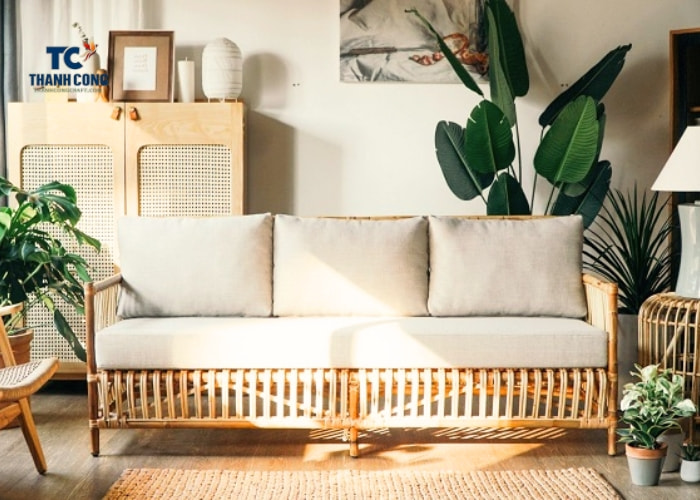
Advantages of Rattan and Bamboo Furniture
Bamboo and rattan material tables, chairs and other furnitures offer the following remarkable advantages:
- Unique and Familiar Appeal
When considering bamboo and rattan products, their uniqueness stands out. The distinctive winding lines of rattan evoke a sense of fondness. In the era of technological advancements, where tables and chairs are commonly crafted from natural or industrial wood, encountering a set of rattan and bamboo furniture introduces a fresh perspective.
Bamboo and rattan furniture engender a sense of familiarity due to their enduring presence in Vietnamese culture for generations. Through times devoid of advanced machinery, bamboo and rattan products remained integral to Vietnamese life.
- Versatile Coordination with Other Furniture
Bamboo and rattan tables and chairs, with their vibrant colors, seamlessly harmonize with contemporary and opulent concepts. These attributes allow users to effortlessly arrange their living spaces, capitalizing on the compatibility of bamboo and rattan furniture.
- Cool and Comfortable Seating Experience
They are characterized by their lightness, imparting a refreshing sensation. Additionally, crafting tables and chairs from bamboo and rattan results in a more breathable structure. The interwoven bamboo slats create natural airflow, offering ventilation and preventing any sense of confinement or discomfort for users.
- Affordability of Bamboo and Rattan Furniture
Comparing bamboo and rattan tables and chairs with those crafted from natural wood or modern-style sofa tables and chairs, the former options are notably more economical. This affordability factor emerges as a prominent advantage, rendering rattan and bamboo furniture an appealing choice for a wide range of individuals.
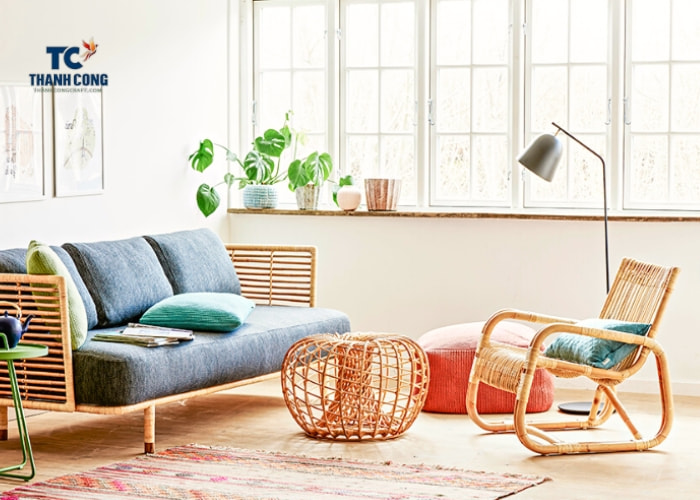
Disadvantages of Bamboo and Rattan Furniture
In addition to their advantages, bamboo furniture products also come with certain disadvantages, such as:
- Difficulty in Maintenance
The durability of bamboo and rattan is lower than that of other wood materials (like rare and perennial woods). Bamboo and rattan furniture can degrade quickly if not properly used and maintained.
Specifically, rattan furniture needs to be placed in a cool area, away from direct sunlight (it can be dried for a while, but prolonged exposure should be avoided), and should be kept away from water (rattan furniture lacks a waterproof layer). Leaving bamboo and rattan furniture in the sun for extended periods can make it brittle, prone to cracks, and easily breakable. Moreover, if exposed to moisture, bamboo is susceptible to mold, damage, and a decrease in aesthetics.
- Difficulty in Cleaning
Cleaning rattan and bamboo furniture requires more attention compared to other types of furniture. Users need to invest more time in cleaning than with other interior materials. To clean bamboo and rattan furniture effectively, users should use a soft cloth or a small brush to remove dirt (using a vacuum cleaner makes cleaning easier). It’s crucial not to use wet towels for wiping.
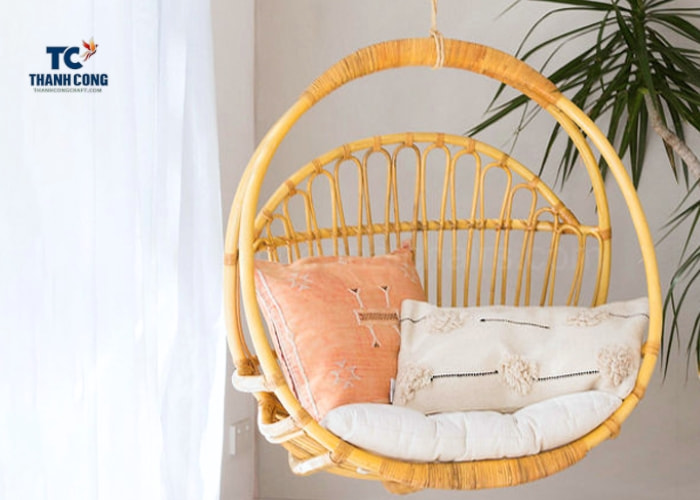
FAQs
Q1: What is more expensive bamboo or rattan? – A1: Generally, bamboo tends to be less expensive than rattan. However, the cost of both materials can vary based on factors such as quality, craftsmanship, region, and the specific type of furniture being made.
Q2: What are the disadvantages of rattan furniture? A2: Natural rattan’s susceptibility to weather, demand for regular maintenance, potential fragility, limited weight capacity, and wear and tear over time are noteworthy concerns. Moreover, its traditional appearance might not align with contemporary design preferences, and allergies to the material’s fibers could pose sensitivities for some. Pricing variability based on quality, craftsmanship, and design, along with environmental considerations related to responsible sourcing, further add to the list of drawbacks.
Q3: Does bamboo furniture last long? A3: Bamboo furniture can last 5-7 years or even decades if it’s well-made and cared for properly. Regular cleaning, avoiding exposure to harsh elements, and applying protective finishes can help extend its lifespan.
Conclusion
In the world of rattan vs bamboo furniture, the choice between rattan and bamboo presents a dilemma, each material offering its own unique blend of advantages and drawbacks. Through this exploration of rattan and bamboo furniture, it’s evident that both materials possess distinct characteristics that cater to different preferences and needs.
By weighing the pros and cons, and considering factors such as maintenance requirements, aesthetics, and sustainability concerns, you can make an informed decision that aligns with your lifestyle and design sensibilities. Whether you opt for the classic elegance of rattan or the contemporary edge of bamboo, your choice will undoubtedly contribute to the ambiance and character of your living spaces.












